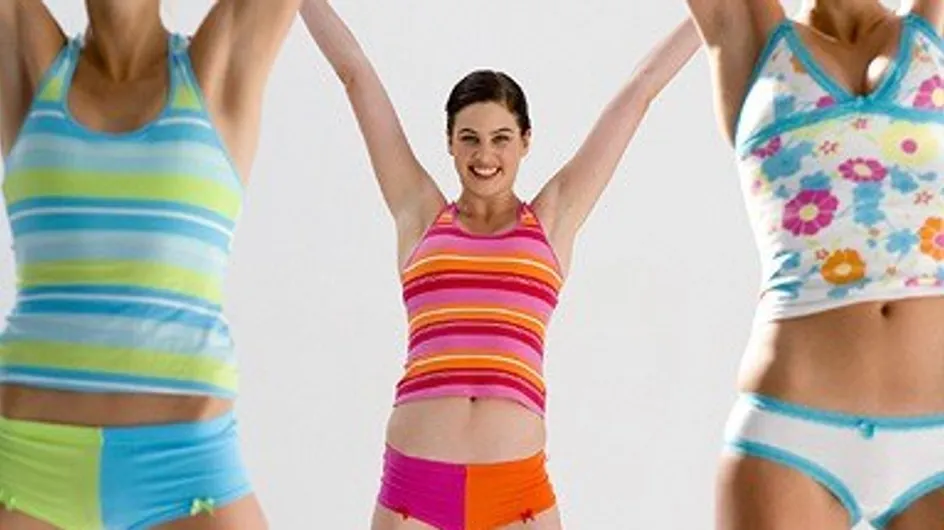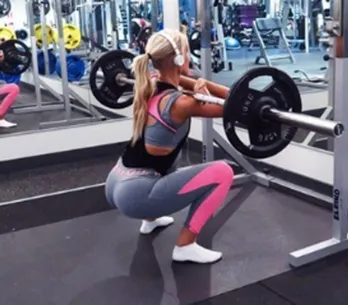Gentle forms of exercises have been in vogue for a few years now and have changed the way we think about exercise. Unlike pounding the pavements, gentle forms of exercise come without shocks and impacts to the body and are accessible to all (the elderly, tired, unfit and stressed!). They are based on a global approach to the body that involves honing your body, making you flexibe and improving your posture, and because they're so low impact it's difficult to hurt yourself. Here are the activities at the top of the list.
Pilates
-Pilates wes created by a German nurse who was looking for a form of exercise to stay in good shape and good health with limited space and means.
-The exercises (there are more than 500 in total) revolve around 8 key points: breathing (through the thorax, not the abdomen), concentration (thoughout the movements, from the centre of the body), control, alignment (straight and relaxed positions), flow (fluid, slow movements), centering (working the abs), order (sequences of precise movements) and relaxation.
- Although most exercises are done without aids, some exercises can be done with exercise bands, balls, weights, hoops, foam cushions or a Wunda chair.
Qi Gong
- Literally ‘energy work’, this discipline is a thousand-year-old Chinese tradition whose philosophy is that man should live in harmony with his environment, interior and exterior.
- Qi Gong is a real art of postures in sequence that root the body to the ground and open it to the world through wide, flowing movements.
- Often copying the attitudes of animals, requiring concentration, breathing and flexibility, it activates the flow of energy in the body.
Yoga
- This discipline originates from India and has existed for more than 500 years. It's more of a global approach to health than a simple form of exercise.
- Several forms of yoga exist, but all bring fulfillment, self-knowledge, physical and mental wellbeing and serenity.
- The majority of yoga classes concentrate on the physical dimension of yoga, which is called hatha yoga. It is based on postures (of which there are over 1000 static and moving postures), breathing exercises (inseparable from the postures), and relaxation (the last phase of the session involves relaxation and breathing in a sitting or lying position).
Tai-Chi-Chuan
- A cross between a martial art and a sport, this discipline has existed for 500 years. It would have been used by Chinese warriors in training to develop the qualities necessary for combat (concentration, calm and balance).
- Tai-Chi combines precise movements (hundreds of sways, rotations and stretches to anticipate, push, pull and shoot) with breathing control. It is done slowly, with control. The exercises are organsied into sequences that can be long and complex.
- This art involves work on internal energy rather than on external muscle strength. The movements come from the centre of the body, the seat of vital energy, and are carried out with the feet deeply rooted to the ground, the body pulled upwards and a straight head and neck. Relaxation is essential to carry out the movements correctly.
Stretching
- Methods of stretching the muscles mix traditional practices such as gymnastics, classical dance and yoga.
- Stretching can be an exercise in itself (eg Body Stretch) or incorporated into other workouts (running, jogging, hiking etc.) either as part of the warm-up or cool-down, or both.
- It consists of stretching the muscles of the body one by one slowly. The stretches may look simple, but are actually quite complex, requiring concentration and control. You need to remain immobile, concentrate on the position and breathe deeply, trying to hold your breath a little longer each time. Your breathing dictates the movements by releasing tension to take you further into the stretch each time.













